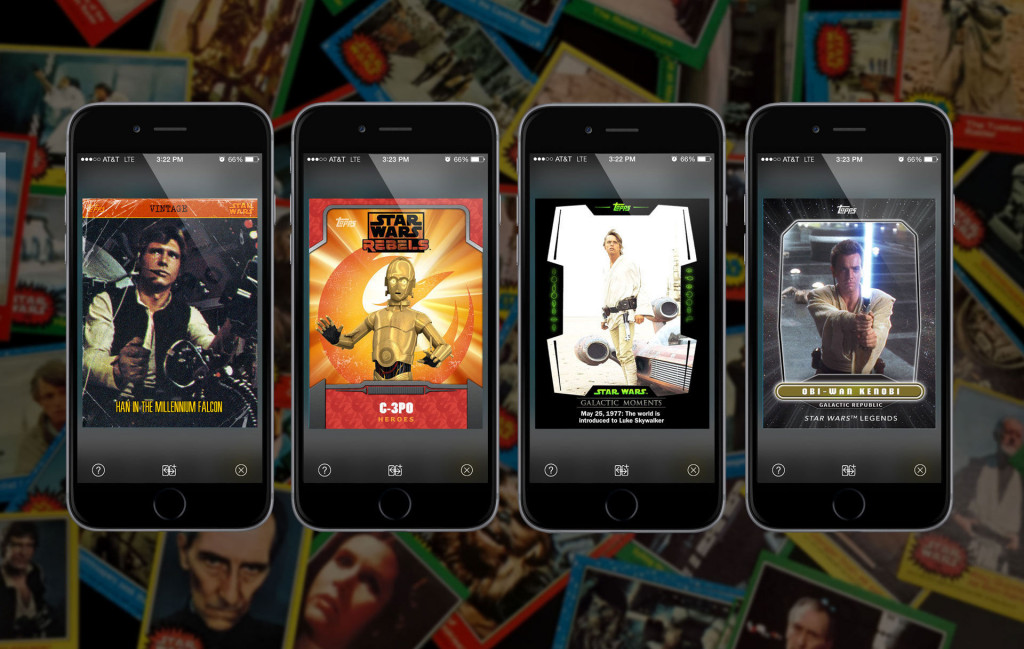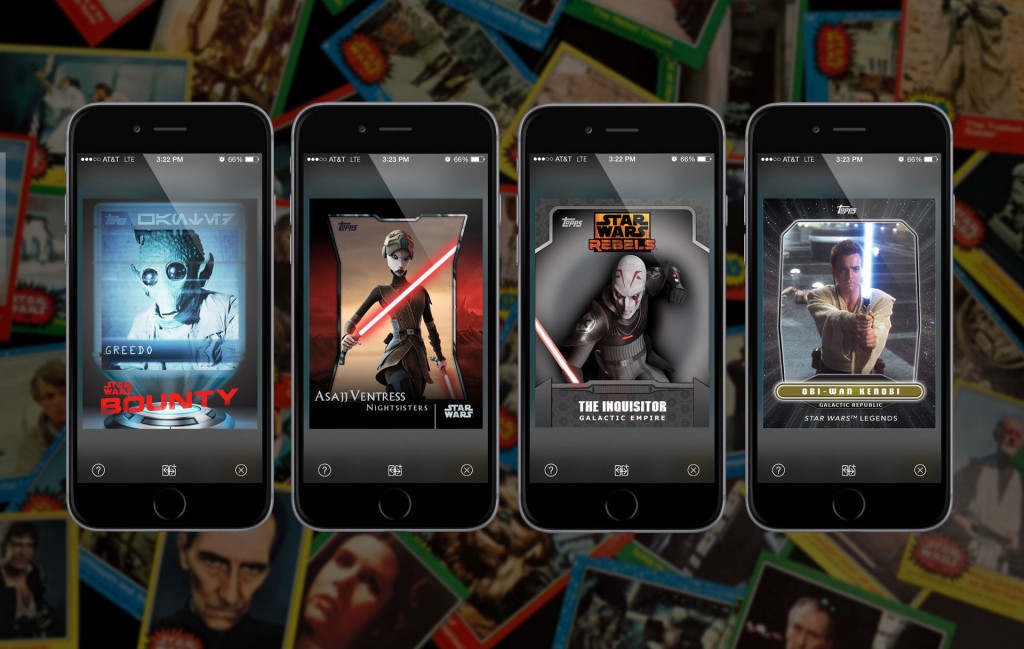When asked about the origins of Star Wars at a Sundance panel earlier this year, George Lucas didn’t describe a mystical story some muse had moved him to tell. Nor did he frame his films as an epic family soap opera he was inspired to get on celluloid. Neither did he delve into the many filmic influences behind the movie, from westerns and WW2 dogfighting films, to samurai flicks.
Instead, his answer was about the ownership structure of the movie and how he financed it in a deal with 20th Century Fox to keep the licensing rights. He then shifted into how he only started to realize the franchise’s potential after the film’s release, when he discovered that “the big money was in toys.” Lucas had nothing to say on the deeper significance of Star Wars outside of the film’s commoditization as an entertainment product.
That’s not to begrudge any meaning that others derive from the fiction—witness the religious fervor swirling around “The Force Awakens”—but for me, Lucas’ explanation made sense. Star Wars has always been, above all else, something to buy, buy, and keep buying. Through the purchase of books and toys and videogames and cards, I’ve long come to accept—despite the pseudo-moralistic preachings of many of the film’s characters—that Star Wars is far less Calvin and Hobbes and far more Garfield. In fact, my most salient, lasting Star Wars memory is opening packs of trading cards as a kid and hoping I would get lucky and score a coveted rare card. Be these purely collectible cards, as printed by Topps; or the fantastically complex collectible card game created in the mid-90s by Decipher Inc. to compete with Magic: The Gathering.

Star Wars: Card Trader, a digital card collecting app from Topps released in March 2015, is the epitome of the Star Wars object obsession that began when Lucasfilm first struck deals with toymakers back in 1977. In the app, you buy packs of digital cards using “credits,” which can be purchased with real money; or you can earn credits by watching advertisements or downloading ultra-spammy apps. Like all self-respecting addict-feeders, Topps gives you 25,000 credits a day, or the equivalent of five free base packs. Whatever way you get them, the object is to build up a nest egg of credits to spend on a variety of packs that are offered on a rotating basis, each promising a shot at different variants of cards or “inserts”—special rare cards, packaged in sets (“Blueprints” or “Film Quotes”, for example), that are limited in their distribution and feverishly coveted by the community for about two weeks until everyone moves onto the next shiny thing.
The app is oriented exclusively toward consumption. Your peers are fellow hyper-nerds whom you communicate with in a code of arcane abbreviations via an in-app messaging system. No matter how much cash you drop, at the end of the day, you will need to trade with these people for what you want. This is both the main hook of the game, and its curse, because these interactions combine all of the pleasures of condescending Comic-Con jerks with the anonymity of a comments thread.
But in the end—once you have waded through enough ads and put up with enough obnoxious trade offers, or just straight up dropped enough money—you will have amassed a collection of often-beautiful (but sometimes ugly) digital Star Wars cards. And what do you get for all of your hard work? Nothing. All you can do now is admire your jpegs. There is nothing more to it than that; and the app pretends at nothing more. Now you understand the Star Wars game.
The app started out with a rabid niche community that has since gotten a bit out of control, spawning a vigorous after-market. It hit its fever pitch in August when iO9 ran an article about how a “Vintage” Han digital card sold for $225 on eBay. (Yes, to clarify: a buyer paid $225 for a promise from an eBay seller that he would transfer a Star Wars jpeg from his phone to the buyer’s phone.)
Since then, the app has seen an influx of new users, and Topps has been struggling to find a way to gain control of the after-market and profit from it. The company has started, like Senator Palpatine, to corrupt its own magical ecosystem with increasingly gouging ways to monetize the user base.

Through incessant notifications, you are pushed at every opportunity toward purchasing credits to chase down that “rare” jpeg. Most recently, Topps has offered up the option to outright purchase cards—removing the thrill of opening packs, hoping for a “good pull”—a move that has infuriated longtime users, prompting many a declaration that the community is now dead. Enraged proclamations notwithstanding, I logged in to the app today and saw plenty of those purchase-only cards up for trade. This is, after all, the Star Wars franchise—the bench of consumers is deep; and the forgiveness is infinite.
Star Wars: Card Trader serves up a distilled shot of the lifeblood of the Star Wars franchise. It is a perpetual, compulsive reason to look at and purchase Star Wars objects every day. We’ve had action figure bobbleheads, Blu-Rays, digitally remastered downloads, Lego sets, trading cards, and now digital trading cards.This latest iteration is the ultimate collector’s toy, frozen forever in packaging, there only be looked at, to be had just to have it, but to never be played with. They are only more minarets for the onanistic cathedral of Star Wars and yet serve as synecdoche for the entire franchise.
